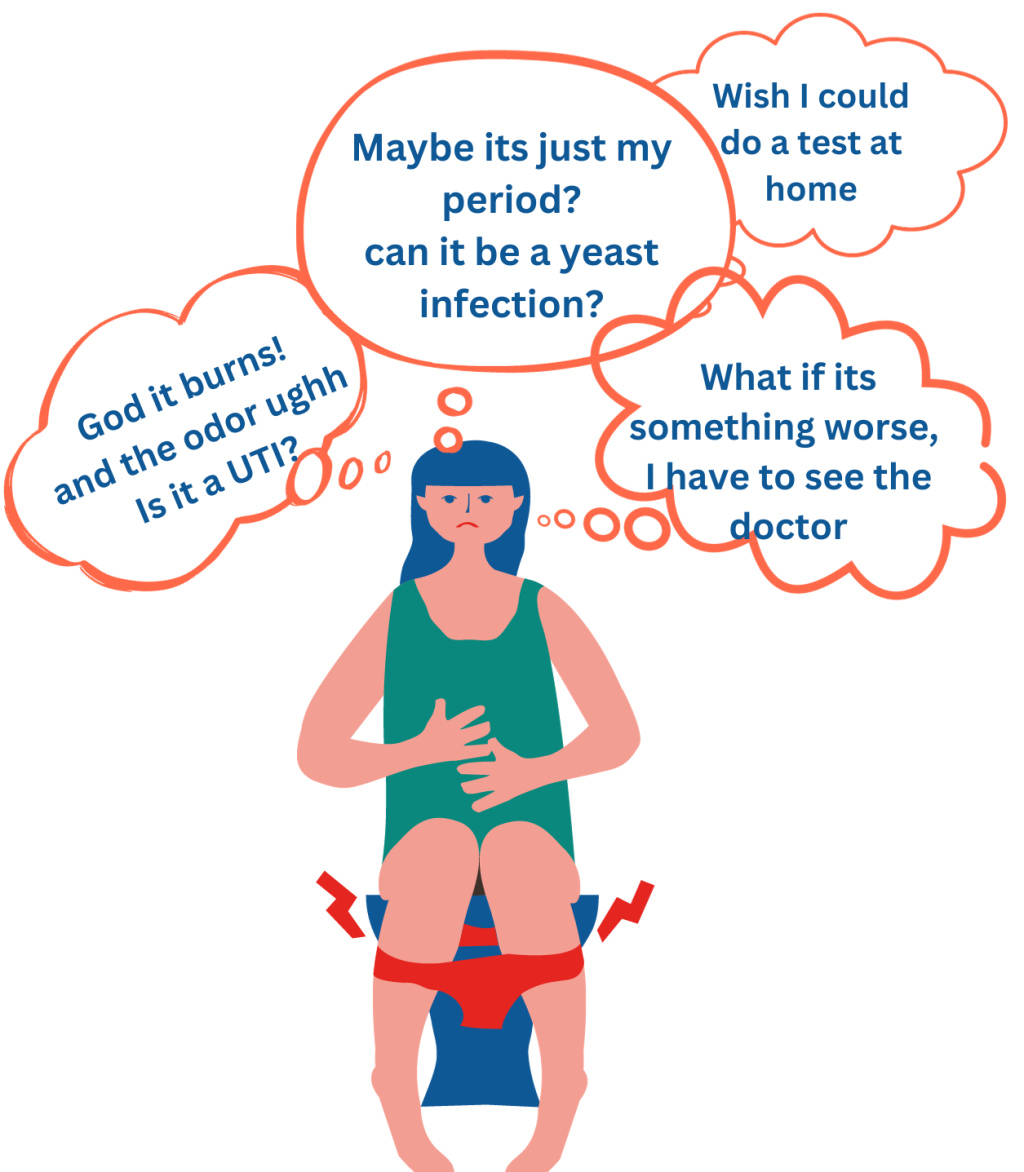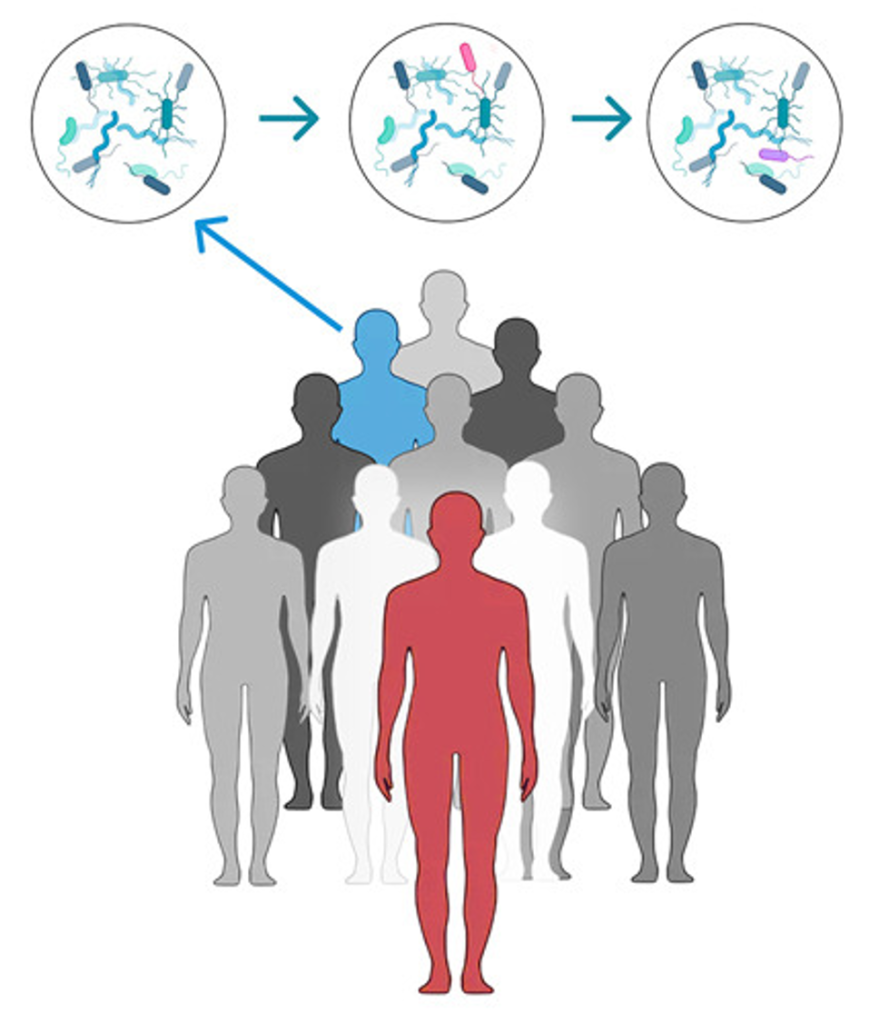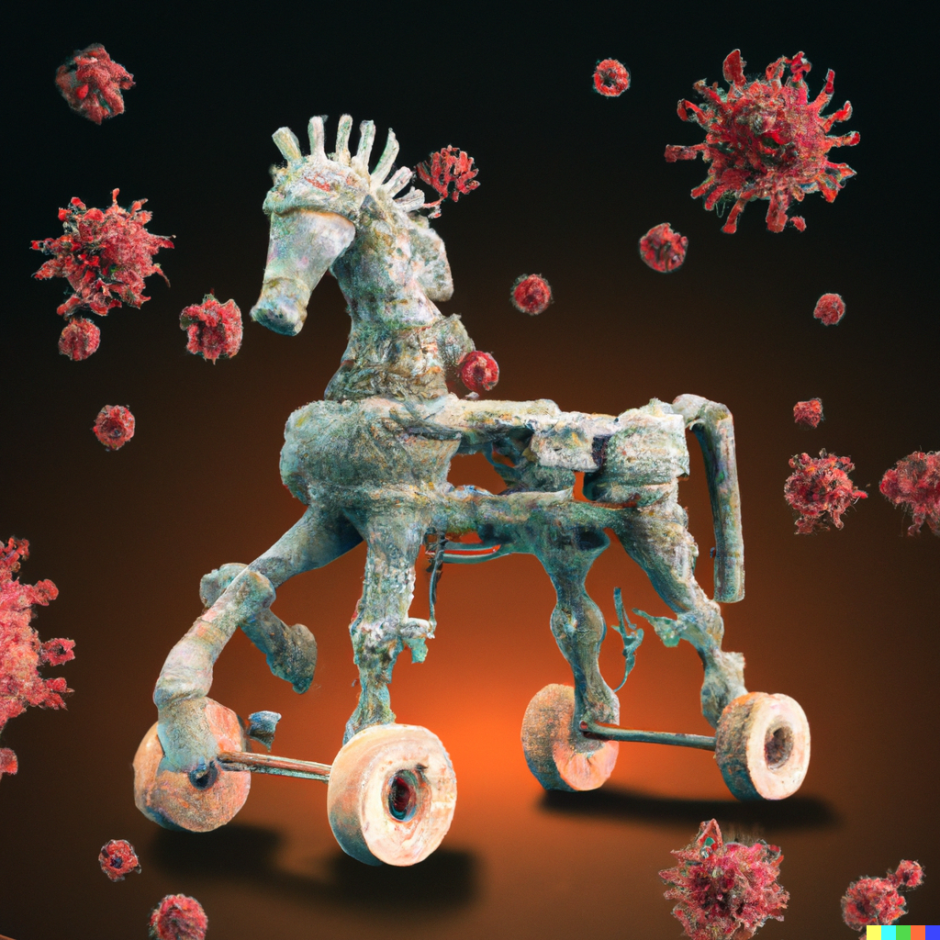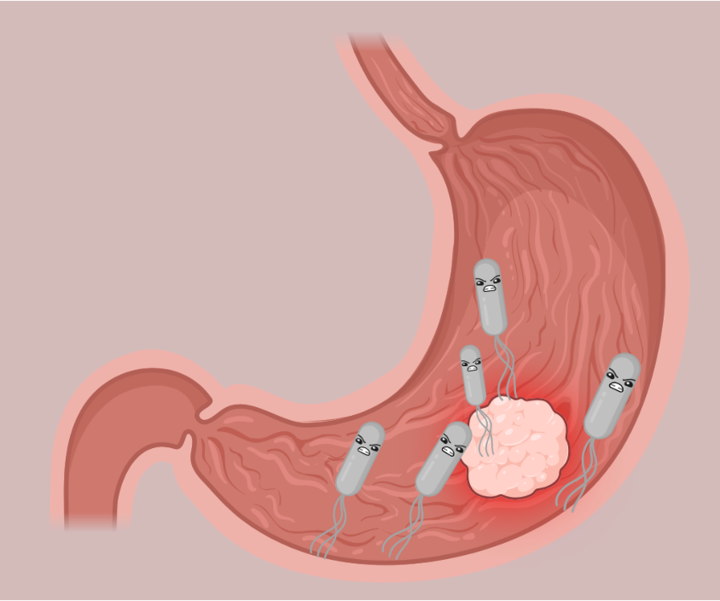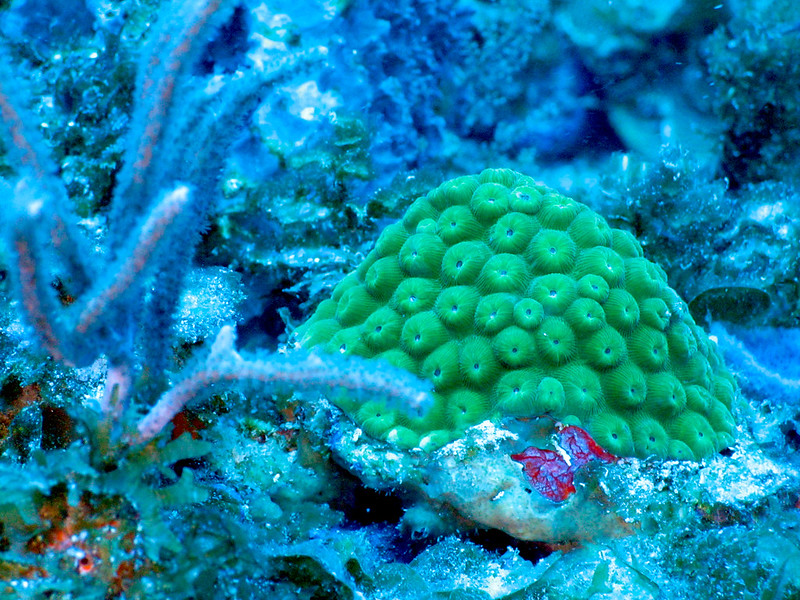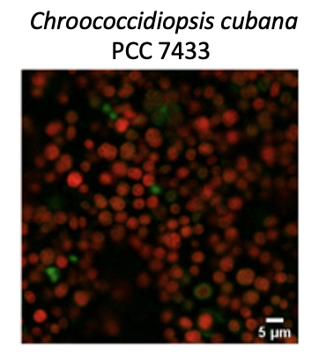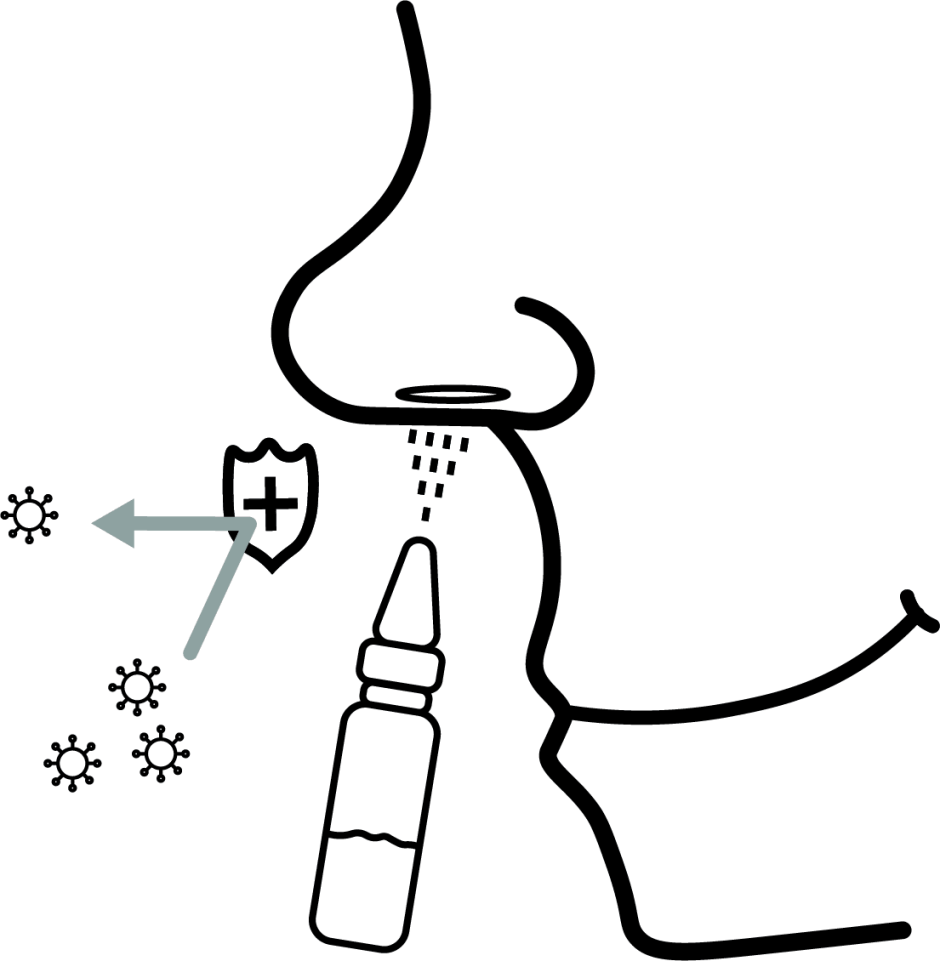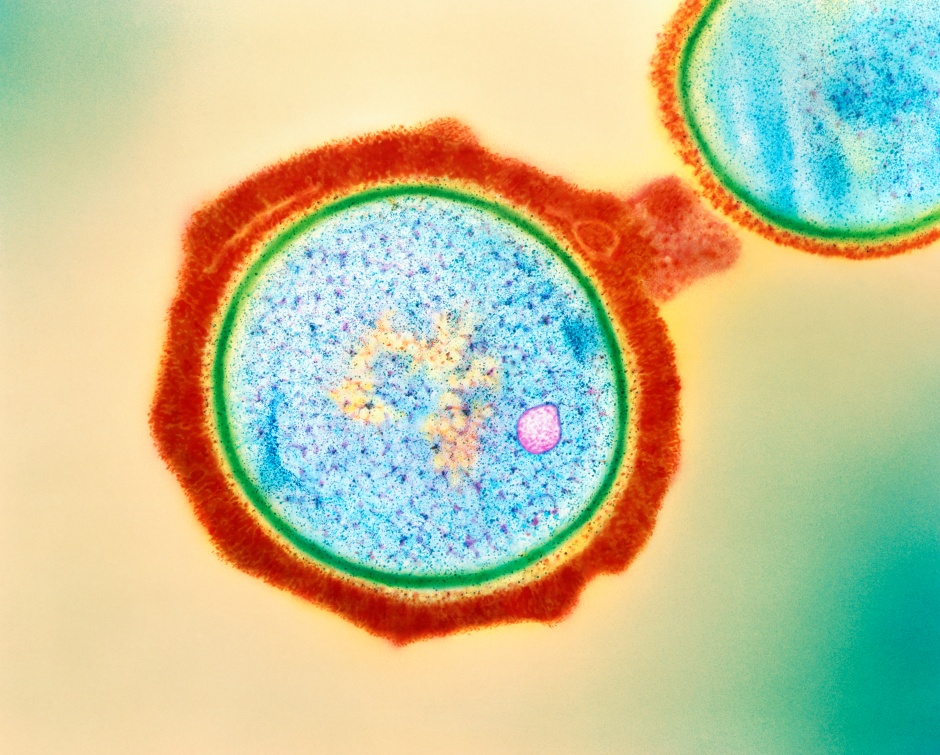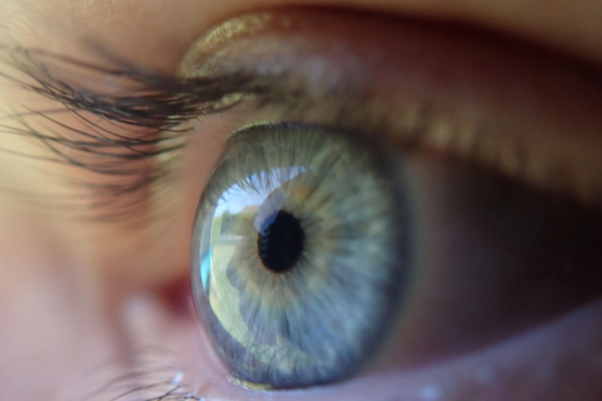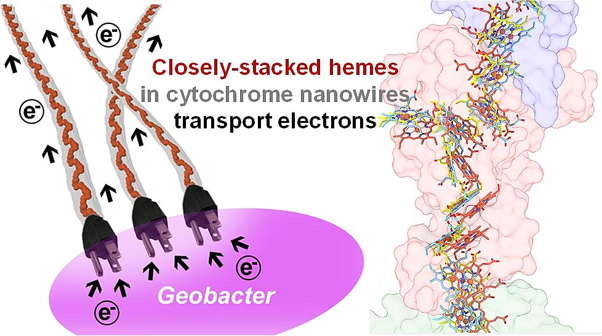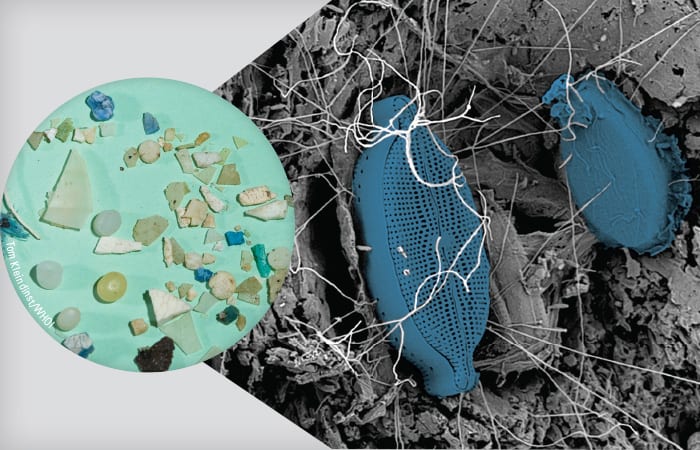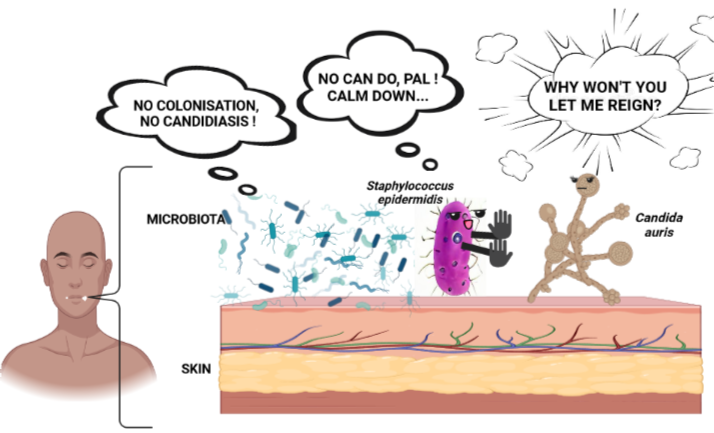
Breaking down the microbiology world one bite at a time
Check for Vaginal Infections on a Paper at Home
Last month I felt a burning sensation “down there” and wreaked havoc on Google trying to find what it might be. My search history consisted of everything from dehydration, UTIs, vaginal yeast, bacterial infection, STIs to PCOS and even cervical cancer. I thought of consulting a doctor,but that meant pathology tests and sample collection in foreign uncomfortable washrooms … ughhh it’s just so much work, and what if the burn just subsides on its own in a day or two but what if it doesn’t? I thought about how it would be so much easier if I could know now, by doing a test at home.
The researchers at Universidad Autónoma de Guerrero in Mexico have tried to solve at least one of these issues: they developed a disposable device for detecting an infection- bacterial vaginosis.
What is bacterial vaginosis?
The healthy human vagina has a unique microbe population majorly consisting of Lactobacilli. Most vaginal infections occur due to an imbalance in this microbial population. Bacterial vaginosis (BV) is one such infection caused by a decrease in the number of Lactobacilli in the vagina and an increase in the number of species such as Prevotella, Bacteroides, Mobiluncus, and Gardnerella.
The symptoms of BV include moderate white-greyish vaginal discharge, fishy odour, burning and itching sensation.
Typically, BV is diagnosed using either the Amsel criteria, a clinical test or the Nugent score, a microbiological test. However, both methods require the presence of either a trained medical professional or specialized diagnostic equipment. Another disadvantage is that the tests can only detect symptomatic BV cases, considering that 50% of the cases are asymptomatic.
Enter the disposable BV device:
It consists of a thin membrane on which a Y-shaped pattern is printed (See Fig. 1)
To understand the working of the device, let’s look into the components of the device:
a) Sialidase: This is the analyte (a substance being measured), released by bacteria causing bacterial vaginosis.
b) FITC-Anti-sialidase antibody (FAS): This is our probe – the molecular complex that helps us detect the analyte in the vaginal sample. It consists of two parts. First is FITC, a fluorescent molecule emitting a green colour. The second is the anti-sialidase antibody that binds to the sialidase present in the sample (this immuno-reaction gives a positive BV test).
c) Graphene Oxide (GO) Film: This is a single layer of graphene acting as a quenching platform and is responsible for giving a negative BV test.

A) Negative test for BV B) Positive test for BV
Image Source: https://doi.org/10.1021/acsmeasuresciau.3c00007
Now that we know the components lets zoom in on the three zones:
- Entrance: The sample mixed with FAS and PBST (solution that helps the sample flow in the Y shaped pattern) is dropped here.
- Control zone: This area will always give a positive test for BV, the intensity of fluorescence in this zone is used for comparison with the test zone .
- Test zone: This area is coated with a GO film that shows the results of the test in the form of intensity of fluorescence. The result may be positive (green fluorescence) or negative (no fluorescence) based on the presence or absence of sialidase in the given sample.
To understand the mechanism behind a positive or negative test, let’s understand some basic phenomena:
When light touches something, it excites the electrons in the substance. These electrons move from a calm state to an excited state. After a while, they go back to being calm and release a different, less powerful light, which we call fluorescence.
But sometimes, this weaker light can excite electrons in nearby substances, and this doesn’t produce any light. It’s called non-radiative energy transfer. However, this only happens if the two things are really close, less than 10 nanometers apart.
Now keep these principles in mind and refer to the figure below, to understand what happens in the device:
In the control zone which serves as a positive control, FITC – after being excited by light – emits fluorescence and glows green .
In the test zone, in the absence of sialidase (our disease biomarker), the FITC molecule after getting excited releases a photon which is absorbed by the GO film. In other words, the fluorescence of the FITC is dampened down (quenched) by the GO film. However, when a sialidase molecule interacts with the anti-sialidase antibody attached to the FITC, this quenching cannot take place due to an increase in the distance (it is more than 10 nanometers) and a green fluorescence is emitted.

Image Source: https://doi.org/10.1021/acsmeasuresciau.3c00007
The light source that we are talking about here is the light from the flashlight of your mobile phone Then you take a picture of the membrane with your camera, and have it processed by software called Image J. This software gives a value (Q) called quenching ratio which is directly proportional to the sialidase concentration in the sample. This value can be used as a diagnostic parameter to know about the progression state of BV.
This device is the culmination of a number of individual research done by the authors over a course of time. They have currently applied for its patent.
What makes this device better?
- The device does not examine the symptoms of BV but the biomarker involved in BV and hence can be used to detect the disease even when it is asymptomatic.
- It will be useful in low and middle-income settings where healthcare facilities are sparse and inaccessible.
- It is inexpensive (costs $1.85 only ), where a traditional test may cost way more.
- The test can be easily self-administered and so is hassle-free, all you need is a mobile phone with a camera and a light source.
When will the device be on market?
Sadly, not anytime soon.The device has only been tested at a small scale and a market release would involve a clinical trial. Along with this the research group also aims to develop and optimize a mobile phone-based fluorescence reader for the device which would take some time.
However, the device signifies a breakthrough in healthcare accessibility and is another step toward a more convenient, affordable, and self-manageable approach to women’s health.
Link to the original post:
Featured image: https://www.canva.com/
